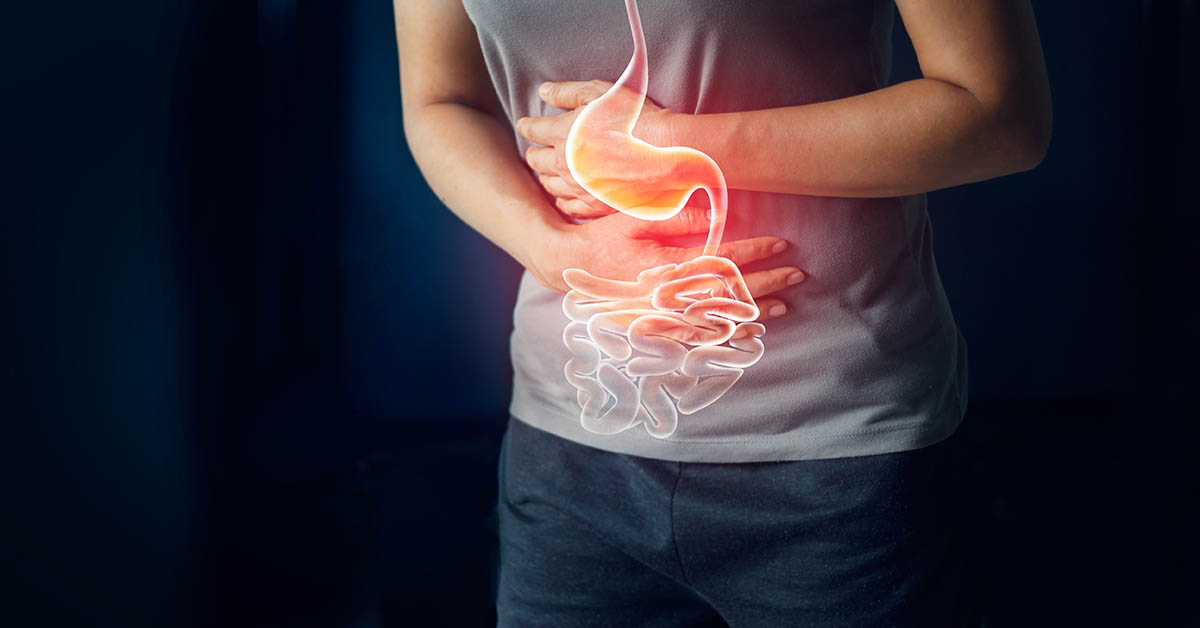Stomach Cancer Diagnosis
Since individuals with stomach cancer rarely show symptoms in the early stages, the cancer is often not diagnosed until it’s in a more advanced stage. Stomach cancer diagnosis involves taking a physical exam to check for any abnormalities. The physician may also ask about your medical history to see if you have any risk factors for stomach cancer or any family members who have had it. The physician may also look for bleeding in the stomach by ordering a blood test to look for anemia.
More tests for stomach cancer diagnosis may need to be done if the physician believes you show signs of the disease. Diagnostic tests specifically look for suspected tumours and other abnormalities in the stomach and esophagus. These tests may include:
- Gastroscopy – A gastroscopy is the most common way to detect stomach cancer and other digestive diseases. It allows the physician to examine the upper digestive tract and inside of the stomach by using a thin flexible tube with a camera. During this procedure, the physician may also take a small sample of tissue called a biopsy. The tissue sample will then be examined under a microscope by a pathologist to see if there are any cancer cells. Patients are required to fast at least 6 hours prior to the procedure, which will last only 10 to 20 minutes. Light sedation may be given to ease any discomfort during the procedure.
- Endoscopic ultrasound (EUS) – An ultrasound probe is passed through a tube that goes into the body through the mouth. Ultrasound uses soundwaves to create an image of the tumour, to see how far it has spread. It may also be used to check the lymph nodes around the tumour.
- Barium Meal X-Ray – A liquid with the chemical, barium, is consumed to line the esophagus and stomach, allowing anomalies to show up more clearly on X-ray. Barium is a metallic compound that shows up in x-rays. The test takes about 15 minutes, and it is not painful.
- CT Scan of Abdomen – the Computed Tomography Scan (CT scan) provides detailed images of internal organs and tissues to check if and how far the cancer has spread. It is usually performed with a dye for greater clarity. The CT scan can help determine the extent or stage of cancer and indicate whether surgery may be an effective treatment option.
How Much Does Stomach Cancer Diagnosis In Singapore Cost?
The actual cost of stomach cancer diagnosis in Singapore will very much depend on the method of diagnosis, the scale, and the extent of the diagnosis required. The Ministry of Health’s 50th percentile benchmarks for scoping of “food pipe and stomach” are $366 for day surgery procedures at subsidized patients at public hospitals, $1,209 for unsubsidized patients for day surgery procedures at public hospitals, and $2,308 for day surgeries at private hospitals or clinics.
If stomach cancer is confirmed, your doctor utilises the information from these diagnostic procedures to assign a stage to your cancer and provide treatment options.
Stomach Cancer Staging
The stage of stomach cancer indicates its size and whether it has spread to other organs in the body. It helps your physician decide which treatment options are suited for you. There are different ways of staging stomach cancer.
How Do Doctors Determine Stomach Cancer Stage?
There are numerous ways to discover the stage of stomach cancer. Your doctor might use:
- Clinical staging (cTNM) – the physician stages you after examining you and looking at test and scan results. Doctors use clinical staging to plan your treatment. It is suitable for staging patients who are not having surgery.
- Pathological staging (pTNM) – means the physician stages you after examining the tissue that the surgeon removes during an operation. This type of staging is also called surgical staging. Doctors usually combine clinical stage results with the surgical results. Pathological staging in general, is a more precise way to find out how far your cancer has spread. The pathological stage might be different from the clinical stage.
- Post neoadjuvant staging (ypTNM) – means you have had chemotherapy before surgery (neoadjuvant treatment) and the physician stages you again after surgery.
Stages Of Stomach Cancer – TNM Staging
- Stage 0 – There are abnormal or cancerous cells on only the surface of the stomach lining, but the cancer has not spread to the lymph nodes or other parts of the body. It is also called carcinoma in situ.
- Stage I – The cancer has spread into deeper layers of the stomach but cancer has not spread beyond the thick muscle in the stomach wall.
- Stage II – The cancer has reached deeper layers of the stomach, and the cancer might have spread to the lymph nodes. It has not spread to other parts of the body.
- Stage III – The tumour has spread into or through the inner, supportive or muscle layer of the stomach. It has also spread into nearby lymph nodes, but has not reached distant parts of the body.
- Stage IV – The cancer may have reached deeper stomach layers or nearby lymph nodes, but this is not a requirement. At this stage, the cancer has spread to distant parts of the body such as the lungs, brain, or liver.
[Updated 5 Dec 22]

Protect against cancer, cardiovascular disease, and other chronic diseases with regular health screening. Compare and shop for health screenings from Singapore and regional healthcare providers at a single convenient platform - shop.health365.sg
This article is informative only and is not intended to be a substitute for professional medical advice, diagnosis, or treatment, and should never be relied upon for specific medical advice.






